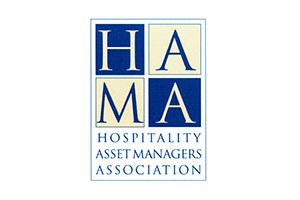
At a time when hotel owners are placing increased emphasis on understanding the drivers of acquisition cost growth and are calling for increased scrutiny on external and internal acquisition expenses, the Hospitality Asset Managers Association (HAMA) announced on Wednesday the results of a multi-year study that demonstrates that revenue acquisition costs outpaced hotel revenue growth from 2009 through 2012.
The results are presented in “The Rising Costs of Customer Acquisition,” a white paper commissioned in late 2013. The white paper addresses an analysis of the financial results of more than 100 upper upscale and luxury hotels with brand affiliations. It specifically looks at both the external costs of brand allocations (for marketing, advertising, major promotions, national and global sales offices and loyalty programs) and third party commissions (for group and transient bookings), as well as the internal costs of marketing and sales programs, including local marketing, sales staffing and other expenses, including reservations staff.
“It is critical for us to understand and control external costs, including the cost of customer acquisition,” said Ruby Huang, HAMA’s president. “Hoteliers need to be fully cognizant of ever increasing costs so that they can make intelligent decisions in how to deal with them.”
The study focused on 104 upper upscale and luxury managed properties with brand affiliations in the U.S. and Canada. From 2009 to 2012, the room revenue of this group increased by 23%, almost seven percent compounded annually. The cost of customer acquisition from 2009 through 2012 grew almost as quickly as revenue, at just under 23%.
“This study grew from our board’s commitment to sponsor an independent review of the costs owners are incurring to attract and retain customers,” said Dave Hogin, HAMA’s vice president. “While many of us felt that costs were increasing at a pace out of step with revenue growth, we wanted a more in-depth look than any of our members could do individually.”
The white paper addresses the following topics:
- While total customer acquisition costs rose by 23%, brand allocations grew by 37% and third-party commissions by 34%, while local property marketing (including property specific Internet and paid search) increased by only 6%, or less than 2% per year.
- As a result of the disproportionate growth of external marketing and sales costs, properties now control less of their marketing spend. (44% versus 49% in 2009).
- For the top 10 brands included in this study, cost increases during the three years ranged from a low of 10% to a high of 72%.
- Room revenue of franchised properties grew by just under 22% during the 2009-2012 time frame, but their total acquisition costs rose by almost 27%, driven by increases in commissions of 48% and brand allocations of 36% and mitigated by on-property spend of only 15%.
Editor’s note: The forthcoming September issue of HOTELS will include coverage of how revenue managers are reacting to the increase of channel acquisition costs.
